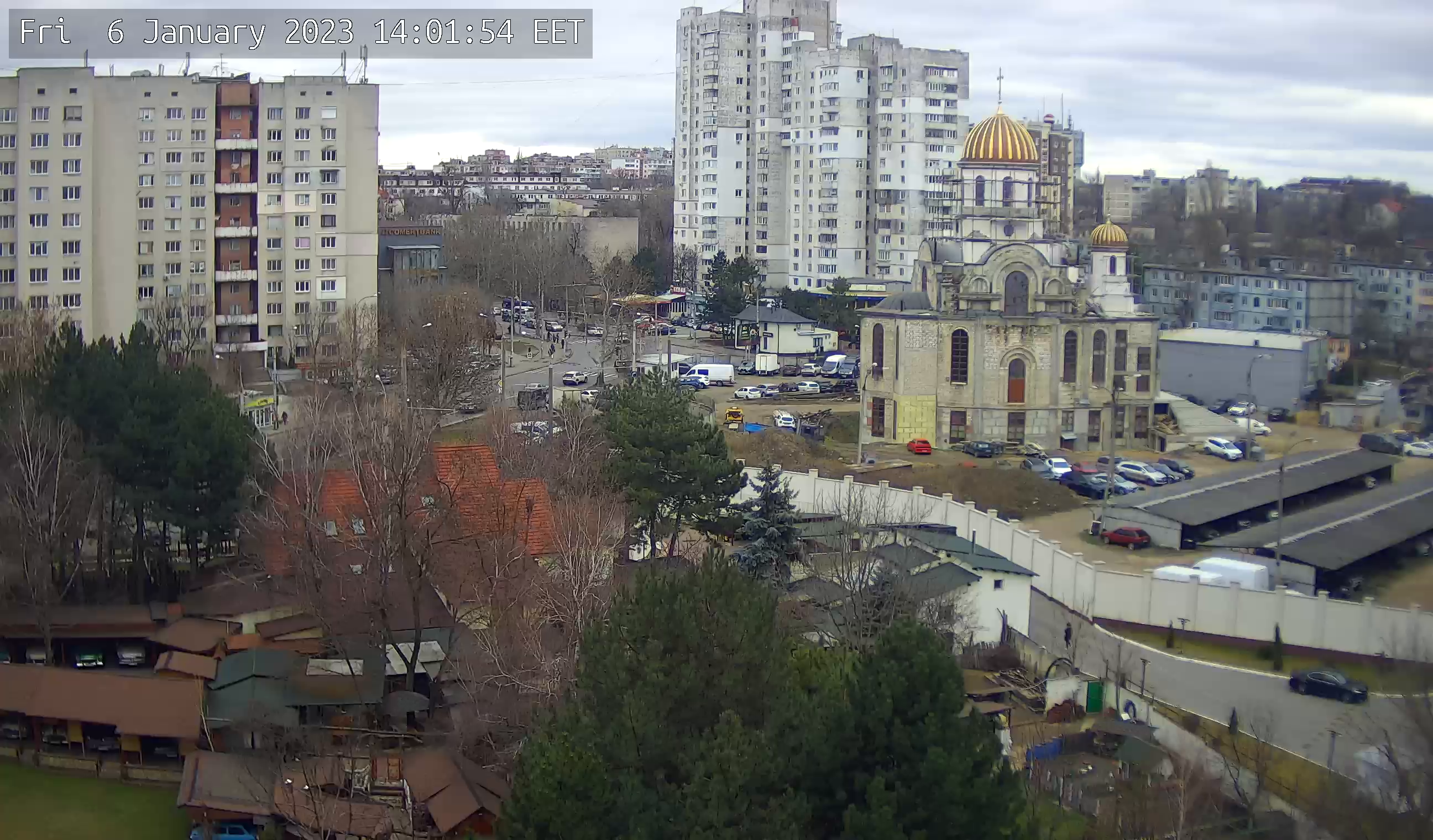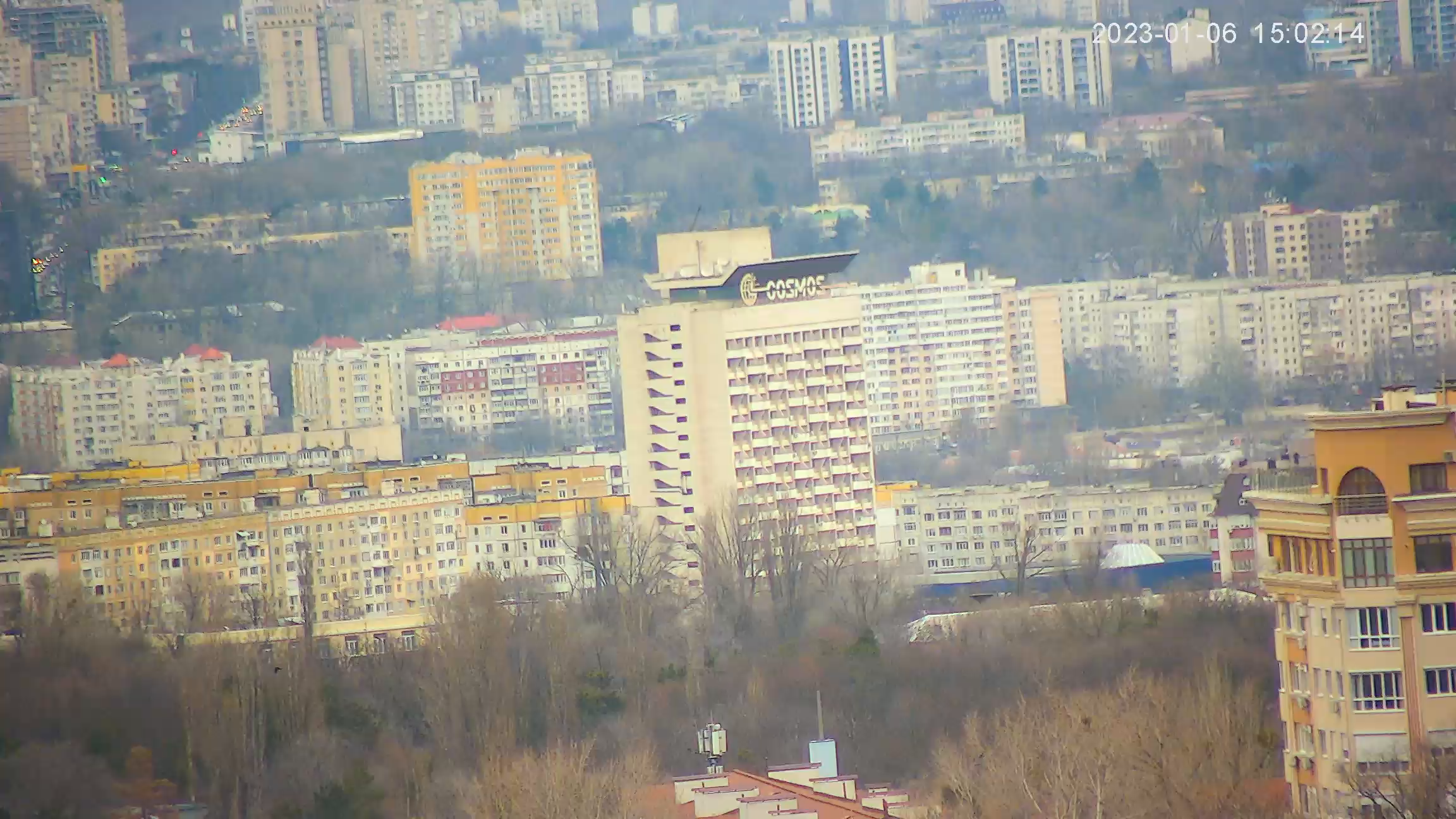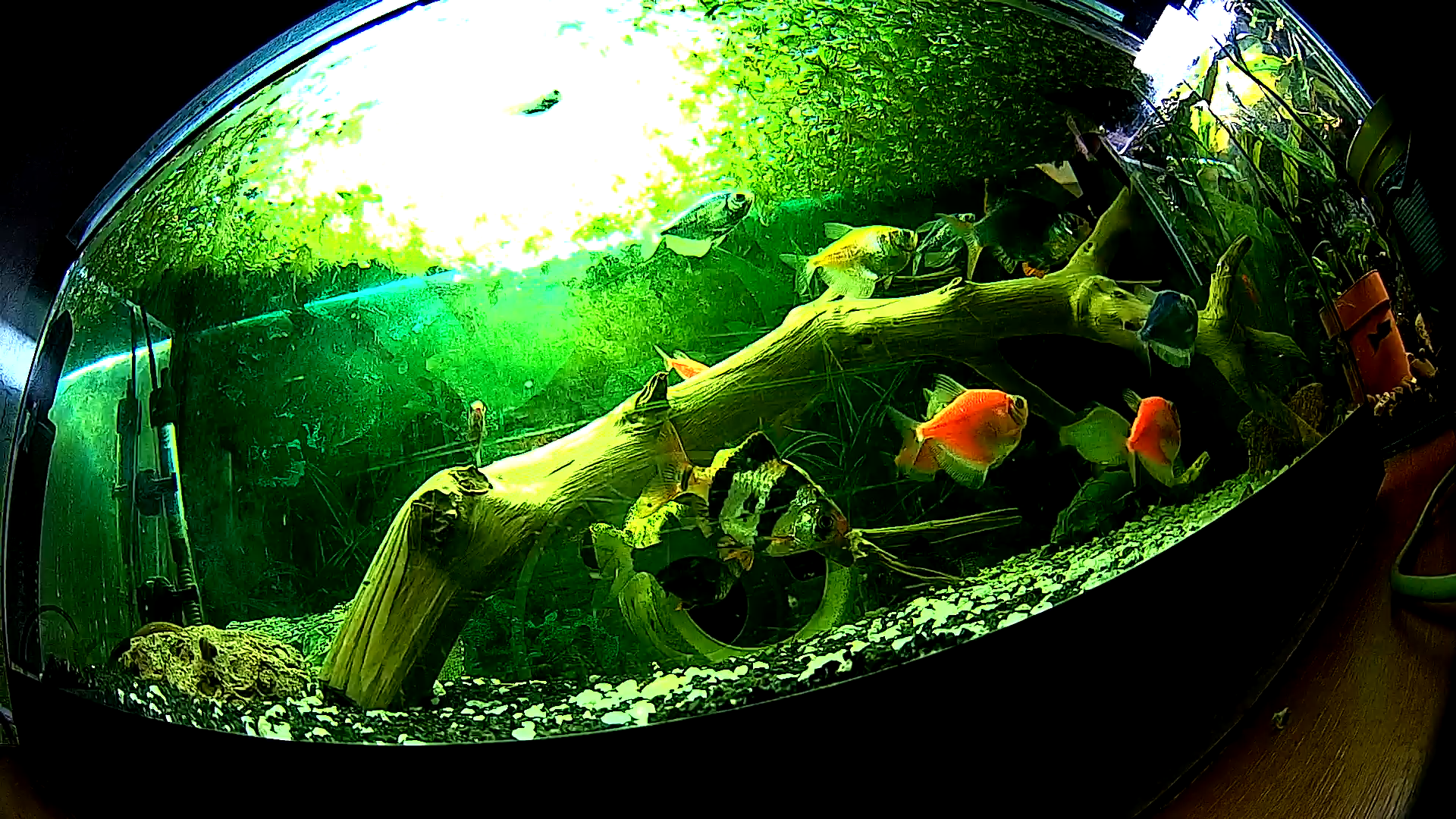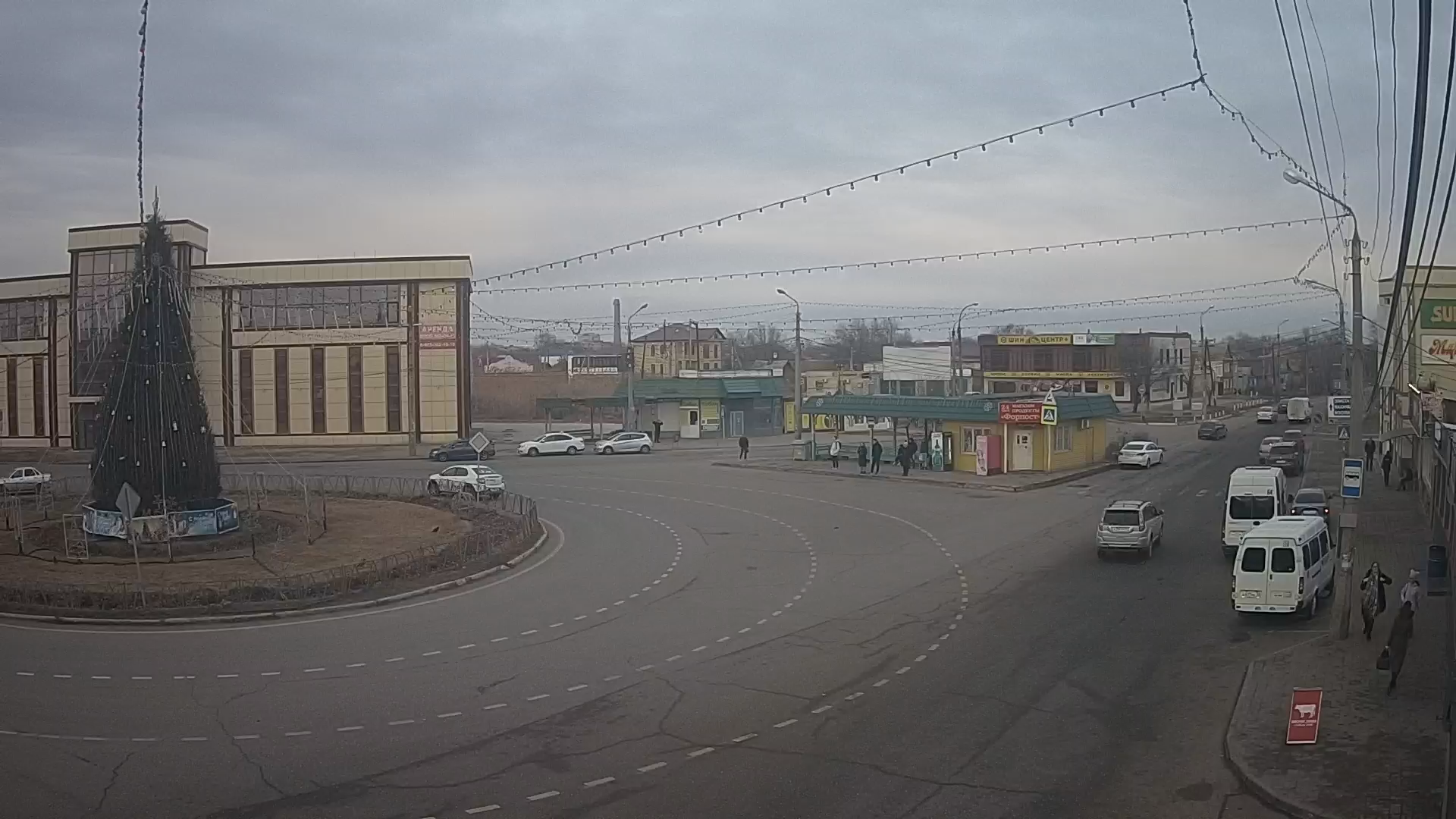Webcam Construction of the Tortona-Genoa High-Speed Railway
The high-speed rail network in Italy consists of a series of high-speed lines (LGVs), using high-speed trains ETR 500 and, as of 2015, ETR 1000.
- Europe's first LGV, the Direttissima, connecting Rome and Florence, was put into service in 1978, with a top speed of then 250 km/h. As a result of modernization work completed in 2002, the line has a commercial speed of 300 km/h between Florence and Arezzo;
- A second LGV between Rome and Naples became operational in January 2006;
- Turin-Milan LGV, was fully opened on December 5, 2009. The first section between Turin and Novara has been in service since February 7, 2006. It runs at commercial speeds of 300 km/h on ETR 500 and ETR 1000 trains;
- The commercial opening of the 1,000 km Turin-Milan-Rome-Naples-Salerno full line took place after the completion of the the last sections.
- The LGV Milan-Verona line is under construction. At Milano Central-Brescia and Padua-Venice the sections are in operation from March 1 - 1, 2007. Only the Brescia-Padua section of 115 km remains to be completed. The Turin-Milan to Genoa high-speed line is under construction with a 27 km tunnel, and the Venice-Trieste high-speed line is under construction.
To make the Italian High Speed project fully functional in terms of strengthening the country's railroads as a whole, by transforming the rail network into a "High Capacity" complex (AC in Italian) with direct access to the main transport networks and exchange, the new lines are mainly designed to carry passengers and freight over long distances.
The construction standards used, the geometric parameters of the route, the maximum loads and the allowed limit sizes are made to make the new infrastructure accessible to different types of trains and to guarantee compatibility both with the European high-speed network and with the existing national lines.
The exchange between the latter and the new lines is made possible by interconnections: not only can they guarantee direct and fast connections between large terminals, but they can also expand the use zone of the lines. Finally, it makes it possible to create more efficient connections to large logistics terminals.
With the connection of the new service, the number of trains running on the quadruple guideway has almost doubled. The existing lines, lightened for most of the current traffic, can be fully assigned to freight and local and suburban (urban) transport.









